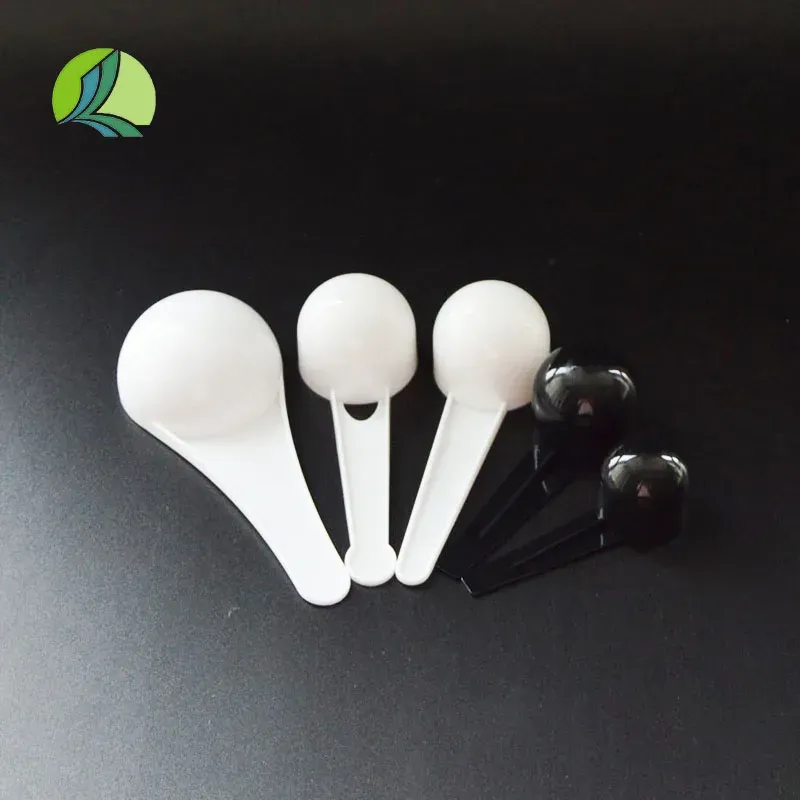Applications of Amber Reagent Bottles in Laboratory and Industrial Settings
Understanding the Uses of Amber Reagent Bottles
Amber reagent bottles are essential tools in laboratories and various scientific fields. Known for their characteristic amber coloration, these bottles serve a crucial purpose in protecting chemical substances from degradation caused by light exposure. In this article, we will explore the uses and advantages of amber reagent bottles, their common applications, and tips for selecting the right bottle for your laboratory needs.
What Are Amber Reagent Bottles?
Amber reagent bottles are typically made from high-quality glass and come with a distinctive amber hue. This coloration is achieved through the incorporation of specific metal oxides during the glass-making process. The primary purpose of this amber tint is to filter out harmful ultraviolet (UV) light, safeguarding sensitive reagents from photodegradation, which can alter their properties and render them ineffective.
Uses of Amber Reagent Bottles
1. Storage of Light-Sensitive Chemicals Many chemicals, especially those used in analytical chemistry, pharmaceuticals, and biochemistry, are sensitive to light. Exposure to UV light can cause reactions that lead to the degradation of these substances. Amber reagent bottles are ideal for storing such chemicals, ensuring their integrity and longevity.
2. Reagents in Analytical Chemistry In labs that conduct qualitative and quantitative analyses, reagents must be kept in their optimum condition. Amber bottles are commonly used for storing reagents like photoreactive dyes, acids, and certain biological samples that could be negatively impacted by light.
3. Pharmaceutical Applications The pharmaceutical industry often uses amber bottles to store medications and active pharmaceutical ingredients (APIs) that are sensitive to light. This practice not only extends the shelf life of the products but also enhances their safety and efficacy.
4. Environmental and Biological Samples When collecting and storing samples from environmental or biological studies, maintaining the original state of the sample is vital. Amber bottles help in preserving the integrity of these samples, preventing light-induced changes that could disrupt research results.
5. Cosmetic and Essential Oils Many essential oils and cosmetic ingredients are also sensitive to light. Amber bottles are commonly used in the packaging of these products to prevent light from causing deterioration, ensuring that the oils remain effective and safe for use.
Advantages of Using Amber Reagent Bottles
amber reagent bottle uses

1. UV Protection The most significant advantage of amber reagent bottles is their ability to protect contents from UV radiation. This feature is critical in prolonging the shelf life and maintaining the quality of light-sensitive substances.
2. Chemical Resistance Most amber glass is resistant to a wide range of chemicals, making it suitable for storing aggressive substances without the risk of leaching or contamination.
3. Reusability Amber reagent bottles are reusable, making them an environmentally friendly choice for laboratories. They can be easily cleaned and repurposed, reducing waste.
4. Visibility The amber color allows for some degree of visibility, enabling users to see the contents without exposing them to light. This is particularly useful for monitoring levels in storage.
Selecting the Right Amber Reagent Bottle
When selecting amber reagent bottles for your laboratory, consider the following factors
- Size and Volume Choose a bottle that is appropriately sized for your needs, ensuring that it can accommodate the volume of chemical or sample you plan to store.
- Neck Design Different neck designs (like dropper, wide mouth, and screw-cap) suit various applications. Select a design that fits your usage requirements.
- Quality and Certification Ensure that the bottles comply with laboratory standards, as there can be significant variations in quality.
Conclusion
Amber reagent bottles play a vital role in protecting light-sensitive chemicals across various fields, from pharmaceuticals to environmental studies. Their ability to prevent UV light exposure, combined with other practical benefits, makes them a fundamental component of laboratory ware. Understanding the importance and uses of these bottles can enhance the overall effectiveness and safety of scientific experiments.
-
Aesthetic Makeup Spray Bottles | Fine Mist Empty RefillableNewsAug.19,2025
-
White Plastic Veterinary Vaccine Vials | Lab Liquid BottlesNewsAug.18,2025
-
Plastic Medicine Liquid Bottle: Secure Flip Top Drug VialsNewsAug.17,2025
-
Durable 250ml Blue Plastic Vaccine Vial for Lab & Vet UseNewsAug.16,2025
-
Sterile Virus Sample Tubes: Secure & Reliable Specimen CollectionNewsAug.15,2025
-
White 250ml Plastic Vaccine Vial for Lab & Vet MedicineNewsAug.14,2025
























